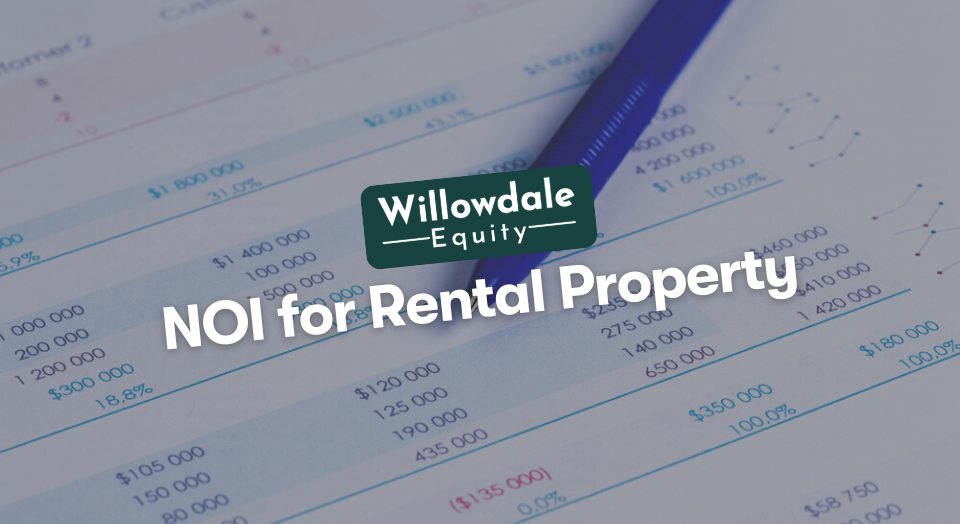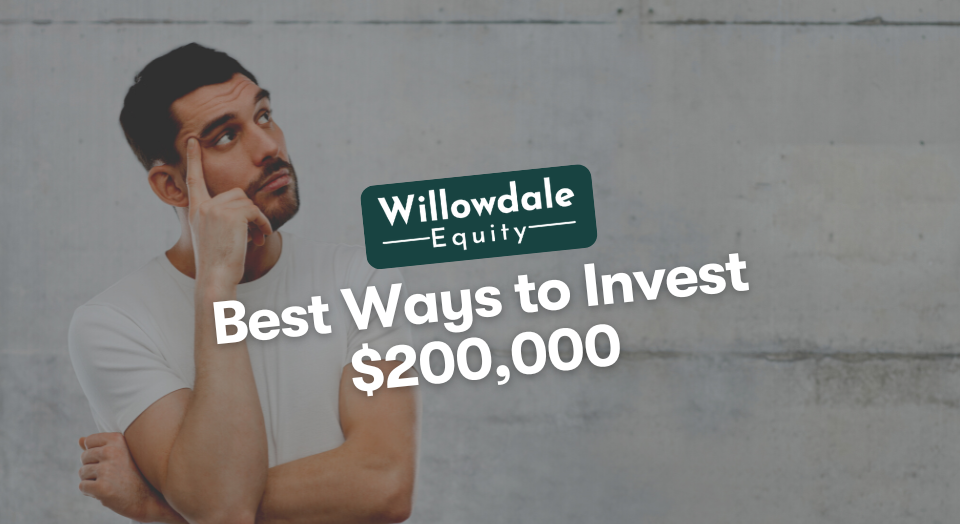
What is NOI for Rental Property? – NOI Investing
This article is part of our guide on what a good cap rate is for multifamily, available here.
How do you know if a rental is profitable? Net operating income (NOI) is the formula that cuts right to the brass tacks of what a property is pulling in. Just knowing a property’s NOI isn’t good enough. Investors need to know what a good NOI looks like within the context of their goals. Learn how to calculate, interpret, boost, and use NOI to make more rental income.
Key Takeaways
-
Net operating income (NOI) is the pre-tax calculation used to analyze the profitability of an income-generating property.
-
To calculate the NOU, simply add up all the Gross Rental Income, then subtract all the Operating Expenses, giving you your Net Income.
-
NOI is not the same as cash flow. The net operating income formula looks solely at gross operating income minus the operating expenses being generated by running a rental.
What Does NOI in Real Estate Mean?
Net operating income (NOI) is the pre-tax calculation used to analyze the profitability of an income-generating property. It’s different from the amount of rent charged on a property because it provides a before-and-after snapshot once the investor’s operating expenses are factored in. NOI provides a true calculation of what you’re taking in through all the potential revenue streams of a property versus what you’re paying to own and maintain that property.
Of course, NOI is only as useful as an investor’s ability to interpret the numbers. NOI is also one of the hot points for creditors and lenders when determining the income-generating potential of a potential investment property when pushing a loan through underwriting. It offers a way to cut to the bone of a property’s value by forecasting cash flow in the most accurate way possible. Some new investors often confuse the NOI for the EBITDA, which is a term to evaluate the profitability of a traditional business.
What Is a Good NOI for a Rental Property?
Net operating income will always vary by property. NOI figures improve as the chasm between operating expenses and revenue generated widens. The general rule is to look for a high NOI relative to an investment property’s purchase price. Now let’s find out how to calculate NOI.
How Do You Calculate NOI?
While the formula to calculate net operating income is relatively simple, it’s important to ensure every income stream, and operational cost is factored in. The simple formula for calculating NOI is:
Add up all the Gross Rental Income, then subtract all the Operating Expenses, giving you your Net Income.
Let’s go through it step-by-step.
- Add up all sources of gross income. In addition to rent, this might include revenue generated from coin-operated laundry rooms, paid parking spaces, vending machines, pool passes, water/rubs income, and more.
- Add up all operating expenses associated with a property. This can include property taxes, property management fees, insurance, repairs, maintenance, etc.
- Subtract the difference between the two numbers. This is the property’s net operating income.
Does NOI Include Mortgage Payments and Taxes?
Something missing from the net operating income formula is the monthly mortgage payment. When calculating net operating income, do you include mortgage, interest, and other debt payments?
The answer is, No!
NOI does not include any costs and fees tied to the property as a capital item. This means mortgage payments, capital expenditures, amortization, and depreciation.
Debts tied to a property aren’t factored into NOI simply because debt amounts can vary from investor to investor. Investors and lenders seek information on profitability based on static operating expenses versus income generation.
Of course, you can still increase your NOI with some tweaks to your investment strategy. Here are some of the most common ways real estate investors can increase the net operating income (NOI) generated by a property.
How Do You Increase the NOI?

While reducing operating expenses can be hard to do without sacrificing the quality and value of a real estate investment, increasing income streams to boost NOI can be done relatively easily.
Here’s a rundown of ways to boost net operating income:
- Analyze market rates to see if there’s room for bumping up revenues. A comparative analysis using surrounding properties is the easiest way to do this.
- Bring fees into alignment with “real costs.” An audit of rental fees can help investors to see where they are unintentionally eating costs.
- Add elements that justify premium charges. Investors can consider strategies that involve renovating some units to be “premium” units with luxury features and appliances. These one-time upgrades can bring years of higher rental income.
- Bring in additional income streams using services and conveniences. Examples include soda machines, pet fees, paid laundry facilities, rented “package” lockers for large mail items, rented basement storage, and more.
Renters are often willing to pay more for features that make their lives easier. Any unused “open space” inside a property should be seen as an opportunity to add communal features that can be accessed for a fee. This avoids the problem of paying to own space that isn’t generating income.
Watching your net operating income shoot up as new features and fees bring in revenue can be exciting. However, it’s important to remember that NOI isn’t the only measure of success. Cash flow is another crucial metric when looking at an income-producing property.
Is NOI the Same as Cash Flow?
NOI is not the same as cash flow. The net operating income formula looks solely at gross operating income minus the operating expenses being generated by running a rental. What makes cash flow different is that it factors in the costs of running a rental property and the expenses tied to the investor.
Unlike NOI, cash flow does not factor in mortgage costs and other associated fees. While NOI is static for a property, cash flow will vary based on an investor’s share in the real estate partnership. Next, let’s see whether NOI covers taxes.
Does NOI Include Taxes?
There’s a two-part answer to this question. Yes, net operating income does include property taxes. That’s because the property tax amount charged for a property is considered a “static” cost completely independent from the investor-specific debt or financing involved with a property. However, NOI does not include income taxes because NOI is always done as a pre-tax calculation.
Passive investors in a real estate partnership like Willowdale Equity receive a Schedule K-1 every year that lays out their share of the income generated for that year which they file as part of their individual income tax return.
Frequently Asked Questions About What's NOI & NOI Investing
NOI is increased by maximizing income streams. The easiest way to increase NOI on a rental is to bring rents up to current market rates.
Other methods include creating premium modernized unit finishes with higher rents, adding paid laundry areas, providing the option to lease an additional parking space, and renting out storage space.
Investors should look for a potential investment property with as high an NOI as possible. A higher NOI equals higher property profitability. An NOI that’s high in relation to the property price percentage is ideal.
While similar, gross profit and NOI are not interchangeable. Gross profit generally refers to income generated by a company after mortgage and interest payments, capital expenditures, amortization, depreciation, and taxes are calculated.
What Is NOI in Real Estate - Conclusion
NOI is generally considered the most accurate way to assess a property’s profitability because it focuses only on money in versus money out on a static basis instead of looking at the debts tied to the individual investor. Lenders and investors use NOI to determine a property’s ability to generate revenue.
Smart real estate investors will always look for ways to reduce operating expenses and unlock more potential rental income. Learning the net operating income is the first step to finding additional streams of revenue “hiding in plain sight” on a property, as well as unnecessary operating expenses that can be cut. If you’re interested in learning more about boosting NOI and passive investing in multifamily real estate, apply to join the investor club here at Willowdale Equity today.
Sources:
Interested In Learning More About PASSIVE Real Estate Investing In Multifamily Properties?
Get Access to the FREE 5 Day PASSIVE Real Estate Investing Crash Course.
In this video crash course, you’ll learn everything you need to know from A to Z
about passive investing in multifamily real estate.
We’ll cover topics like earned income vs passive income, the tax advantages, why multifamily, inflation, how syndications work, and much much more!




